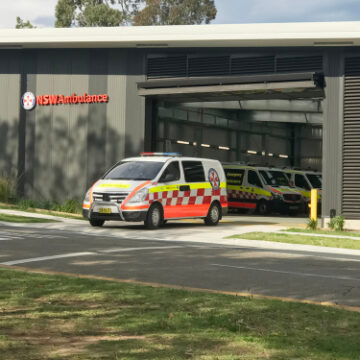The hospital cold chain is perhaps one of the most delicate. When the bioorganic medical matter is handled improperly or exposed to sub-optimal temperatures detrimental to its composition, then decay can occur, rendering such matter useless for use in medicine. Even the slightest degree in temperature miscalibration can result in blood samples being declared dead on arrival, so ensure you use temperature monitoring equipment in their transport at all times to prevent this happening. By simply inserting a temperature monitoring device into the boxes used for the transport of medical material, you gain a wealth of data that can be used to verify the condition of your material upon arrival. Doing this complies with government cold chain regulation and manifests best practice in a blood transport system.
To understand how sensitive blood is, consider the following benchmarks which give some indication about the precise conditions in which blood and other medical samples need to be stored. Blood matter must be used or returned to a hospital’s blood bank within 30 minutes of its initial departure or lose its usefulness. This lifespan can be increased if the matter is stored in a cooler box containing ice blocks – up to two hours. The total time allowed for any transport of blood from a blood bank to use in a transfusion must be less than four hours, which means the matter essentially needs to be used on arrival; it’s that sensitive.
Regardless if blood samples are arriving by car, truck or aerial vehicle, maintaining regulation of their temperature means you ensure they arrive safely. By keeping red blood cell temperatures between 2 and 8 degrees Celsius, platelet temperatures between 20 and 24 degrees Celsius and frozen plasma components at -25 degrees Celsius, and by checking for departures from this safe zone using temperature monitoring tools, you guarantee that your samples are safe on arrival. The small investment is worth the 100% success rate. Your preferred lab will be astounded at your astuteness when you can provide them with accurate insight into the safety precautions taken in the transport of material used in medicine. More safety precautions you can take can be found on the Department of Health’s website.
One example of temperature monitoring equipment useful in blood transport systems and the transport of other sensitive matter is ShockWatch’s new TempU range. These single-use temperature monitoring devices provide individual read-outs of technical data pinpointing the temperature and humidity conditions experienced by the stored goods at all times during transit. These devices are simply plugged into a USB port upon arrival, to ensure that temperatures haven’t deviated from a safe range. Beautifully elegant, simple in design and operation and precise in pin-pointing temperature readings, the TempU range is a solid investment for any medical professionals involved in the transport or movement of organic matter.
For all hospital temperature monitoring equipment and temperature monitoring equipment used in blood transport, contact ShockWatch today. We’ll be able to provide you with a bulk quote on any order of Temp-U parts and any additional info on our entire product range.


